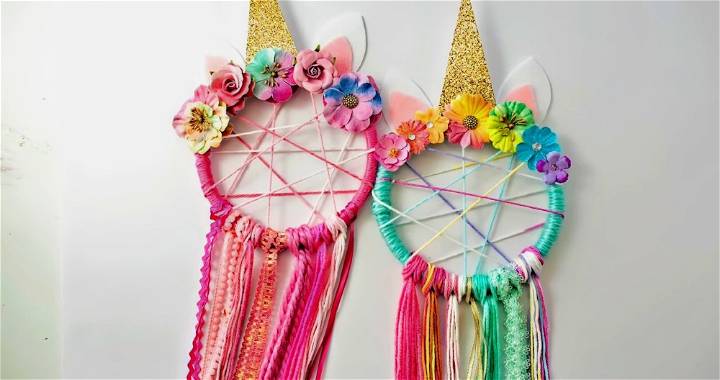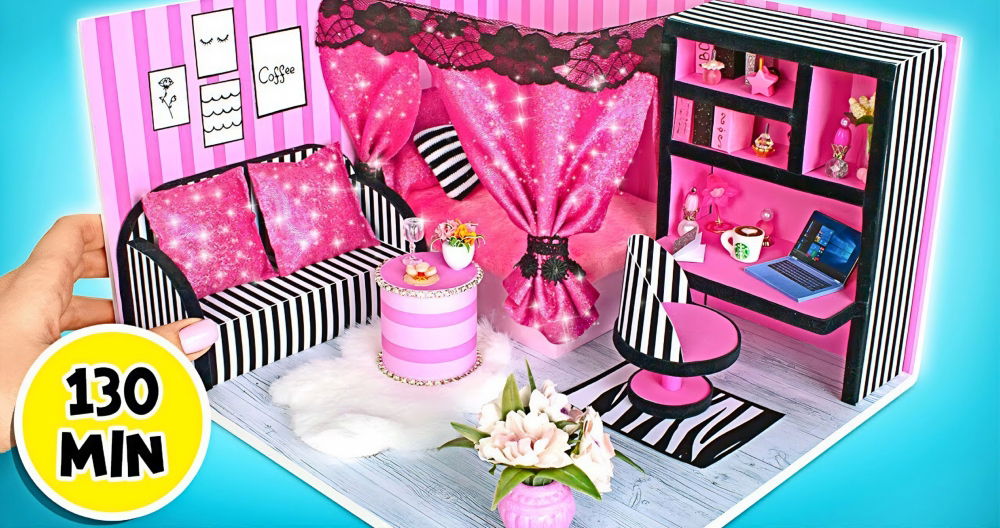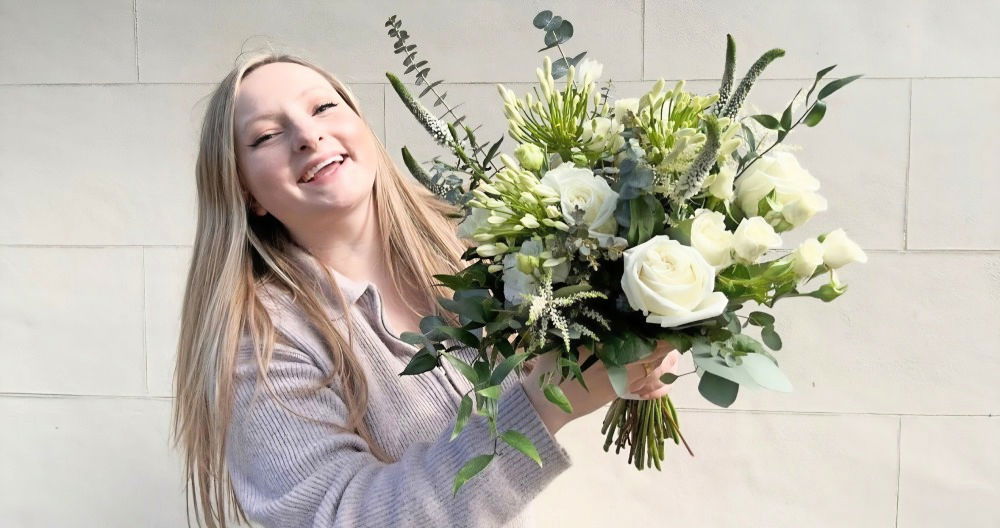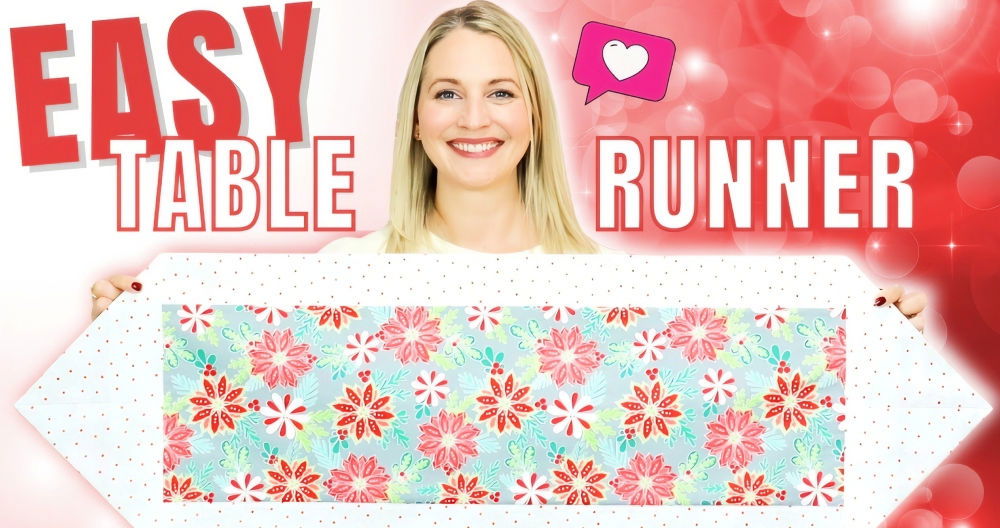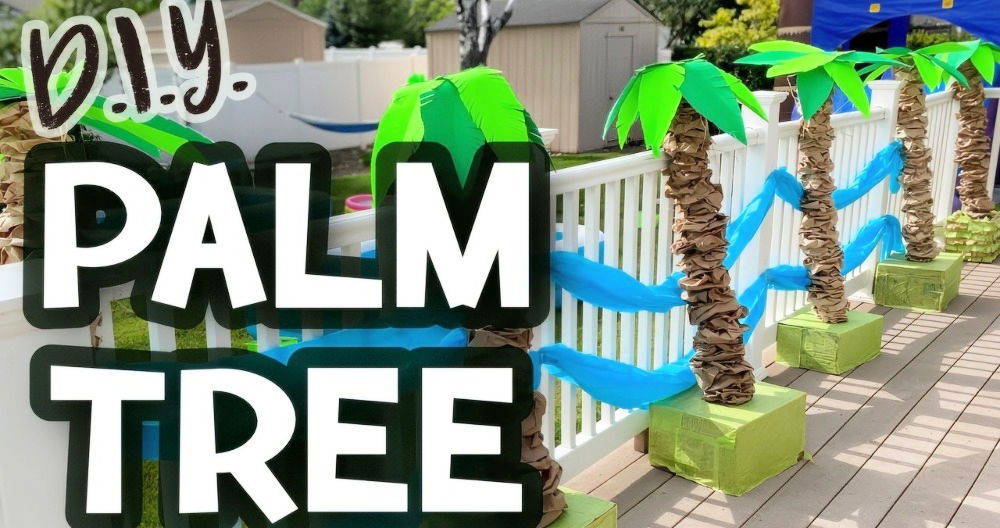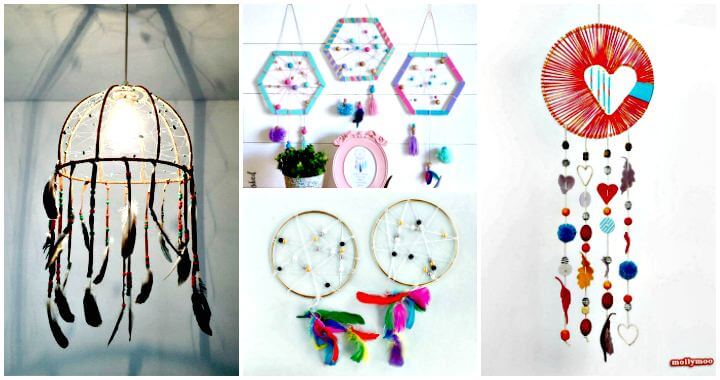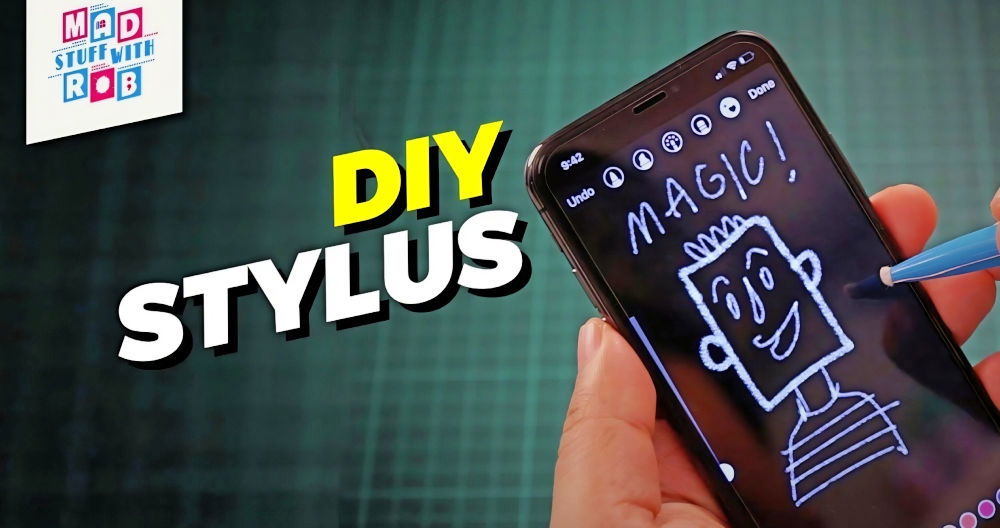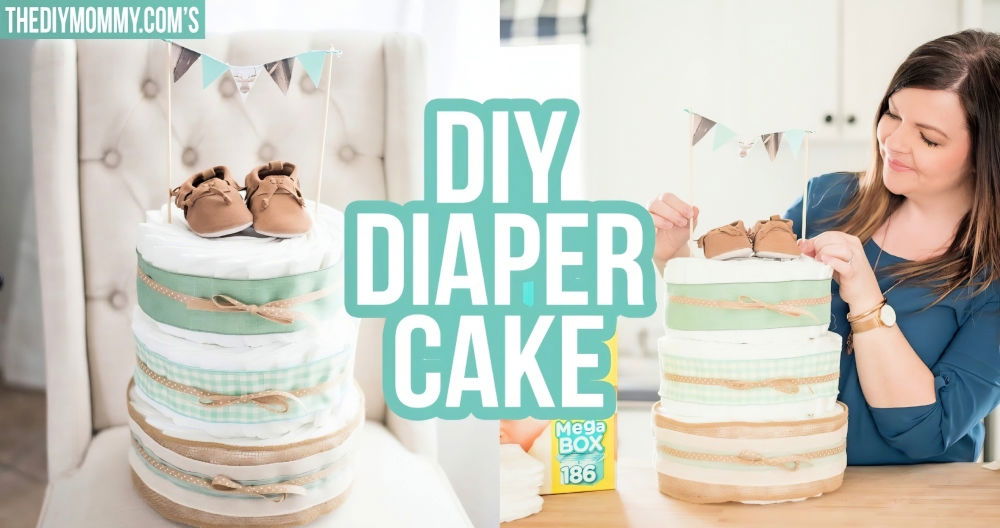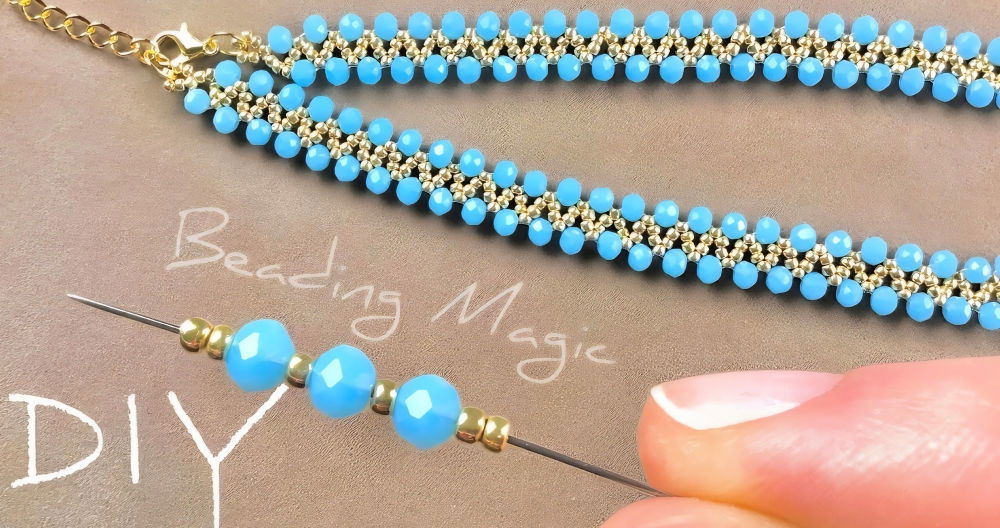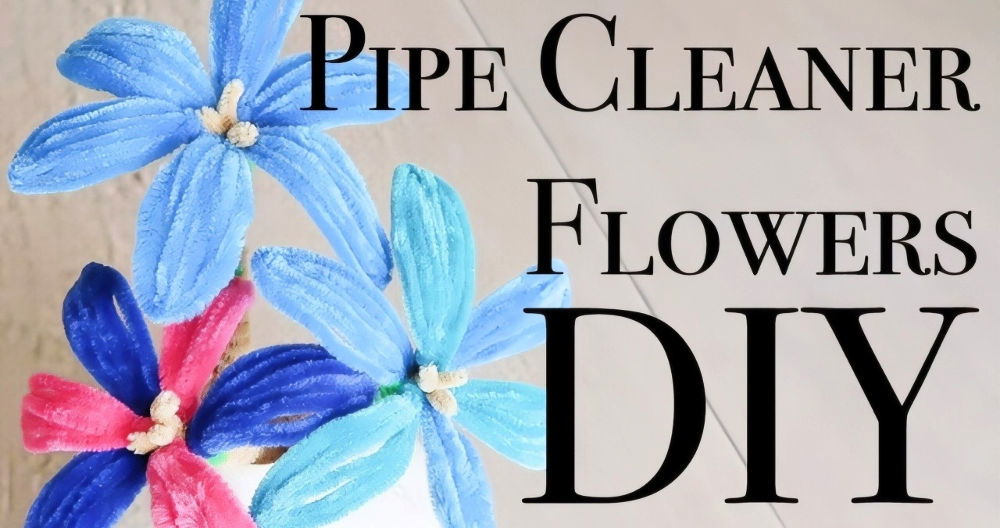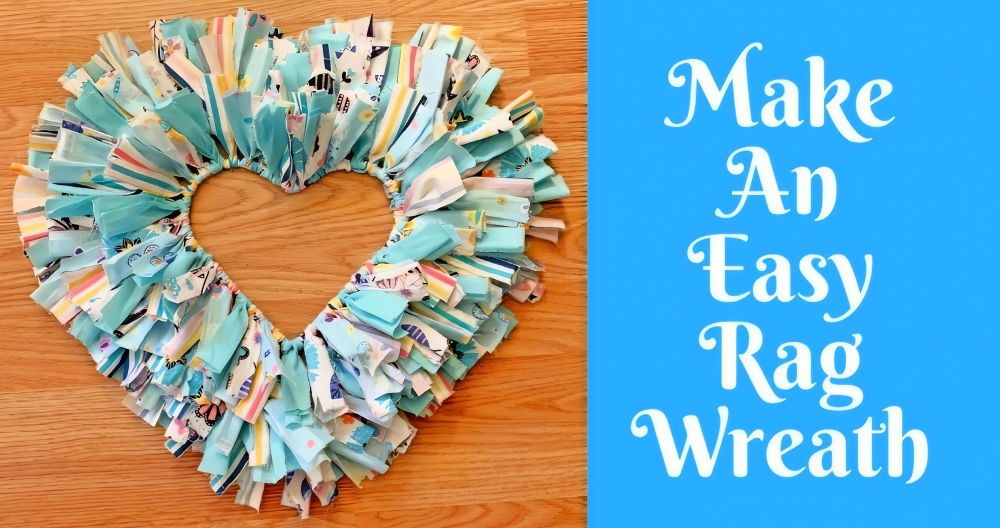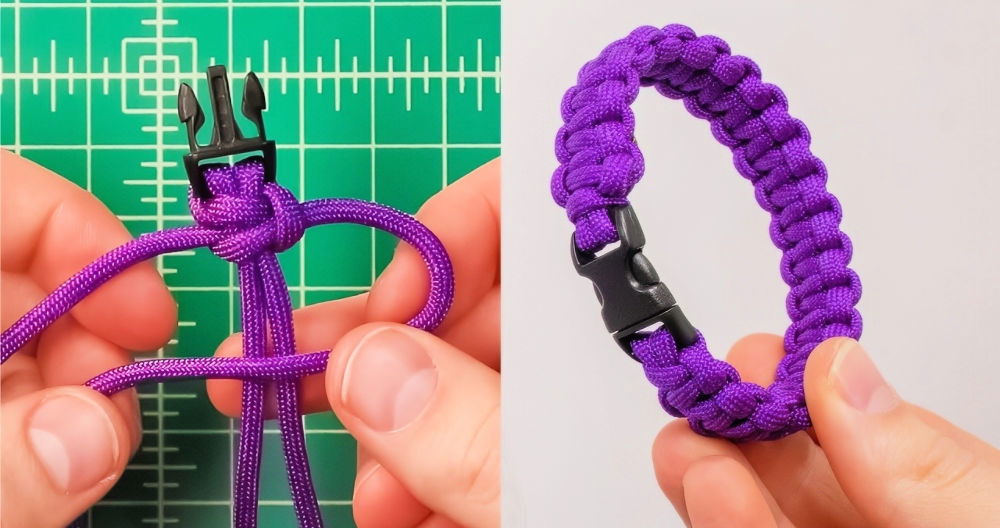Making a DIY foam castle can be an incredibly fulfilling project, especially for tabletop gamers, diorama makers, and fantasy enthusiasts. Building your own modular castle allows you to craft a unique piece that is fully playable at every level. This guide will provide detailed instructions for making a detailed and immersive foam castle, complete with flickering LED torches, winding staircases, realistic textures, and modular sections that can be easily assembled or reconfigured. Whether you're new to foam crafting or a seasoned builder, this tutorial will help you bring a mighty fortress to life!
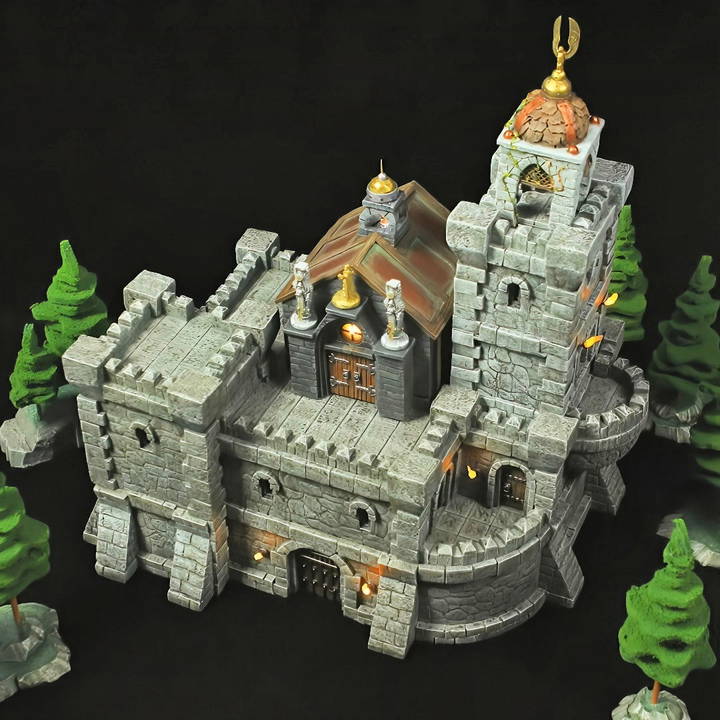
Materials and Tools Needed
Before beginning your build your own castle, gather the following tools and materials. These are essential for working with foam, texturing surfaces, and making small details.
Cutting Tools:
- Proxxon Hot Wire Cutter
- Hot Knife Foam Cutter
- OLFA Utility Knife with Ultra-Sharp Blades
- X-ACTO Knife and Blades
Building Materials:
- 1/2" XPS Foam
- Epoxy Putty (Greenstuff) for detailed sculpting
- Large Magnets for modular assembly
- Gorilla Glue Sticks and a Glue Gun
- Aleene's Tacky Glue for attaching smaller parts
- Mod Podge for sealing
- Vallejo Paint Set (16 colors) for painting details
- Krylon Matte Finish Spray for a durable seal
These materials will allow you to cut, shape, and texture the foam easily while ensuring that the castle is durable and sturdy.
Step by Step Instructions
Learn to build a DIY castle with step-by-step instructions, from base preparation to adding finishing touches and playability features.
1. Getting Started: Preparing the Base
Start with the main base for the castle, which provides structure and allows for a stable play surface.
- Print Plans: You can print the castle plans from resources like DriveThruRPG, which are typically available in 24”x36” format for detailed layouts. This guide will assume you are following a plan but will also provide flexibility for customizing dimensions.
- Cut the Base: Use the hot wire cutter to cut a large piece of XPS foam according to your base's dimensions.
- Trace the First Floor Layout: Place the printed template on the foam, and trace the outline of walls, towers, and floor sections. This will help guide your cuts and ensure the design layout remains accurate.
- Cut Out Wall Sections: Mark and cut out wall sections, including spaces for the door, windows, and entryways. Walls should be approximately 2.5 to 3 inches tall to give the castle a realistic height.
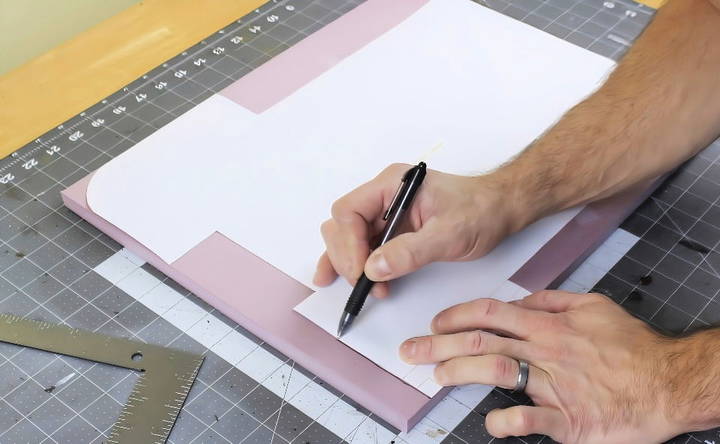
This initial setup will give you the foundation needed to start building the castle's structure.
2. Building the Castle Walls
Making sturdy, textured walls is key to making the castle look realistic and functional.
- Cut Out Wall Shapes: Using your hot wire cutter, carefully cut along the marked wall shapes. For even cuts, keep the wire at a low to medium heat (around setting 1.5-2 if using a Proxxon cutter).
- Add Texture to Walls: Before assembling the walls, use crumpled aluminum foil to texture each wall piece. Simply press the foil into the foam to build the appearance of stone.
- Score Stonework Patterns: Use an X-ACTO knife to carefully carve stone lines into the foam. Then, use a pen to deepen and define these lines. This will give the castle a stone-like finish that's durable and visually appealing.
- Join Walls Together: Attach walls using hot glue. To reinforce the structure, add small pieces of scrap foam as support at the joins. You can pin these pieces with toothpicks for additional strength.
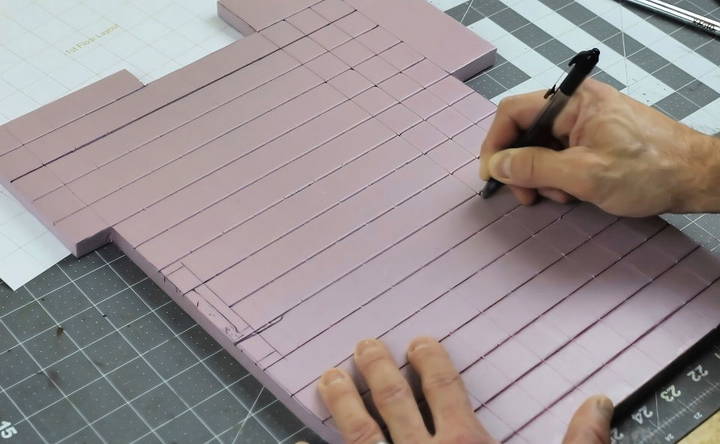
By texturing and detailing the walls, you'll build a realistic stone look that gives the castle a formidable appearance.
3. Making the Castle Gate and Doorway
The entrance is one of the most eye-catching elements of a castle, so it's essential to make it visually striking.
- Design the Gate: For the gate, cut out a rectangular piece from the foam that matches the dimensions of your castle plans. Trace the shape onto the front wall, leaving an extra layer to build depth.
- Carve Gate Details: With an X-ACTO knife, score a pattern for wood textures on the foam. You can build vertical lines for planks and add dots or indentations to mimic nails.
- Add Dimension to the Gate: Glue several layers of foam together to build a recessed, 3D effect for the gate, making it look sturdy and imposing.
- Detail the Doorway: For extra realism, add metal-like details by cutting small pieces of foam for brackets and studs. If you have extra epoxy putty, build door handles or hinge details for added character.
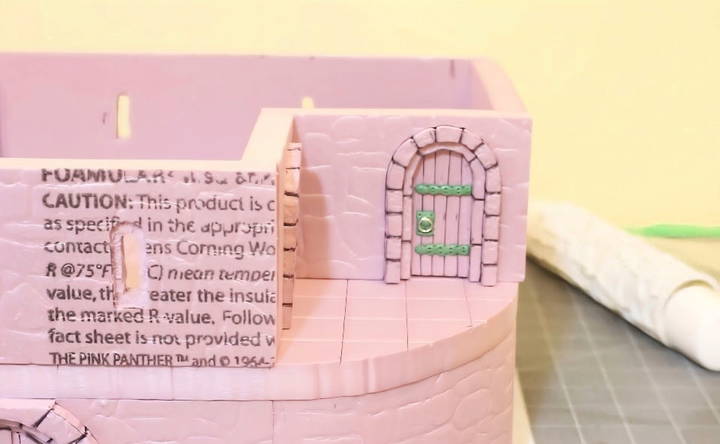
Once completed, the gate will serve as a grand entryway, lending authenticity and scale to your fortress.
4. Constructing the Tower and Parapets
Towers and parapets provide height and defensive points on a castle, which adds a lot of visual interest.
- Cut Tower Sections: Cut cylindrical sections for towers. To ensure stability, consider adding a wooden skewer through the foam layers. This will keep the tower aligned and prevent warping.
- Curving Foam for Round Towers: Cut thin grooves on the inner side of foam pieces to make them more flexible. Once you've bent them into the right shape, secure them with hot glue and reinforce them with toothpicks or pins.
- Add Parapets: Make square parapet pieces and attach them to the top of each tower. Make sure to texture them with the foil technique used on the walls. This will provide a cohesive look across all elements.
- Attach Magnets for Modularity: Adding magnets to each corner of the parapets and tower sections allows you to take them on and off with ease. Be sure to check magnet polarities carefully before gluing them in place.
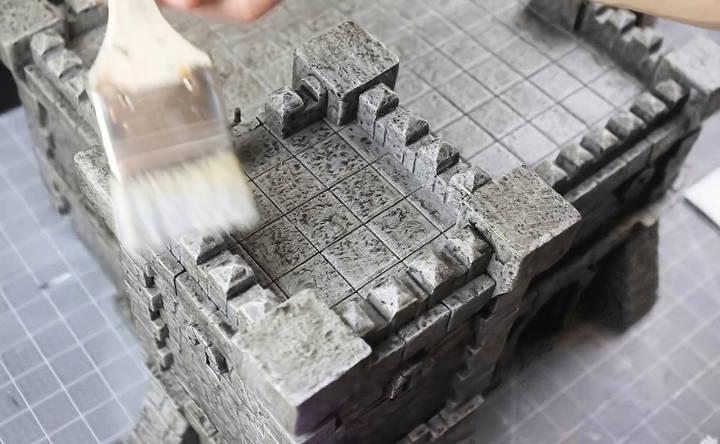
The modularity of towers and parapets not only adds functionality but also allows you to reconfigure your castle in multiple ways during play.
5. Adding Details: Windows, Doors, and Stairs
Small details bring life to the castle and allow for interaction within your gaming scenarios.
- Cut Out Windows: Use an X-ACTO knife to cut out window shapes in each wall. For a realistic effect, cut through only halfway on the inner side to build a recessed look. You can add bars or grills to simulate medieval prison cells or defensive windows.
- Add Stairs and Interior Features: Make a winding staircase by stacking small foam pieces, cutting each to size, and gluing them in place. Score flagstone designs onto each step for texture.
- Design the Jail Cell: Underneath the stairs, consider adding a small jail cell. Add details like toothpick bars for windows and small handles made of epoxy putty. These touches make the castle playable on multiple levels.
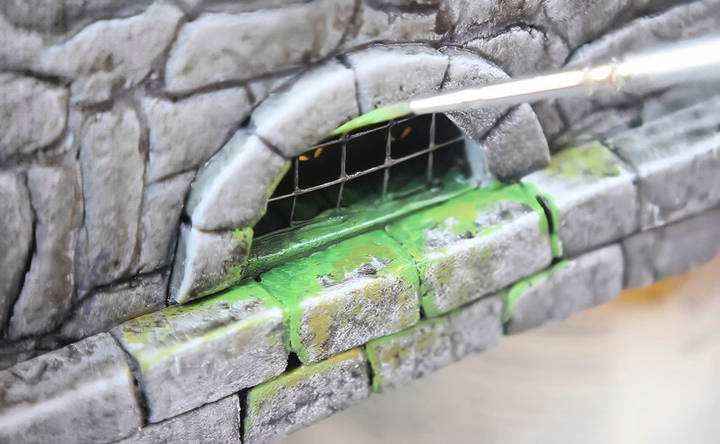
These intricate elements will make the castle more interactive, perfect for enhancing tabletop gameplay.
6. Painting and Texturing
Painting is an essential step to unify all elements of the build and build a finished look.
- Seal the Foam: Begin with a coat of Mod Podge mixed with a little black paint to seal the foam and build a base layer. This mixture strengthens the foam and gives a base color that adds depth to the paint job.
- Base Coat and Dry Brush: Use a gray or stone color for the base coat. Once dry, use a lighter gray to dry brush the surface, bringing out the texture. Apply dry brushing in a downward motion for a realistic weathered effect.
- Black Wash: For added depth, apply a black wash over the entire castle. This helps the recessed areas stand out and adds shadowing for a realistic look.
- Add Rust and Moss Effects: Use green, brown, and red paints for weathering. Lightly apply these around windows, doors, and parapets to simulate rust and moss buildup. Apply more wash as needed to achieve a natural look.
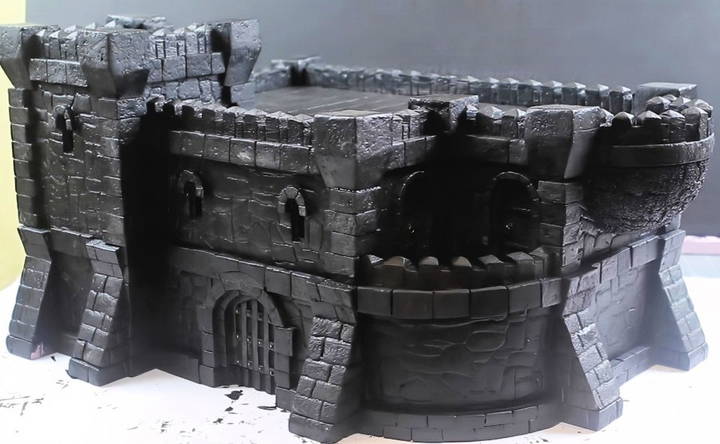
With these techniques, you'll achieve a convincing stone texture, complete with signs of age and wear that give your castle an authentic feel.
7. Adding the Final Touches
With the main construction complete, now it's time to add the intricate elements that bring the castle to life. These touches will elevate the realism and make your build truly memorable.
Lighting the Castle with LED Torches
Adding LED torches can build an immersive atmosphere by simulating flickering candlelight, making the castle look like it's alive with activity.
- Choose Your LED Lights: Small, flickering LEDs work best for this build. Battery-operated options are ideal for mobility and ease of use.
- Drill Holes for Torches: Plan where you want to place the torches, like near doorways, windows, or the main hall. Use a heated pin to carefully poke holes in the foam where the lights will be inserted.
- Mount the LEDs: Once the holes are ready, insert the LEDs and secure them with a little hot glue. Make sure they're not too tight, as you might want to remove or replace them in the future.
- Hide the Wires: If your LEDs have visible wires, use foam or textured pieces to cover them. You can also paint over the wires with black or gray paint to blend them into the castle wall.
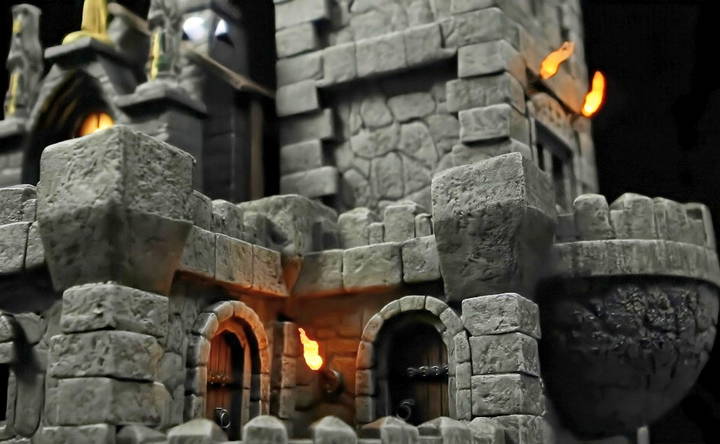
These LED torches add a beautiful ambient glow and make the structure feel lively, enhancing both display and gameplay experiences.
Building a Chimney
A chimney adds character and serves as a small yet eye-catching feature on the castle.
- Use a Straw or Small Tube: To make the chimney, take a plastic straw or another small tube and cut it to your preferred length. You can bend it slightly to give it an old, used look.
- Add Hot Glue Smoke Details: To build a “smoke” effect, add small blobs of hot glue around the top of the straw. Let the glue dry slightly as it falls to mimic a wisp of smoke.
- Add Bands and Rivets: Wrap a thin strip of green epoxy putty around the straw to build bands that resemble metal rivets. You can use a needle or pin to build small indentations that look like bolts.
This chimney adds a touch of realism to the top of your castle and is an excellent way to practice detailing techniques.
Crafting a Dungeon or Jail Cell
Adding a dungeon or jail cell adds drama and story elements to your build, especially if you're using it in tabletop gaming.
- Make Bars with Toothpicks: Cut toothpicks to length and insert them into a window to build a barred look. Hot glue can help secure them in place.
- Paint the Bars: Use metallic paints to color the toothpicks, making them look like aged iron. A black or brown wash can give them a rusty effect.
- Add Dungeon Props: Small props, like chains, skeletons, or rats (made from epoxy putty or small toys), make the dungeon feel occupied and dangerous.
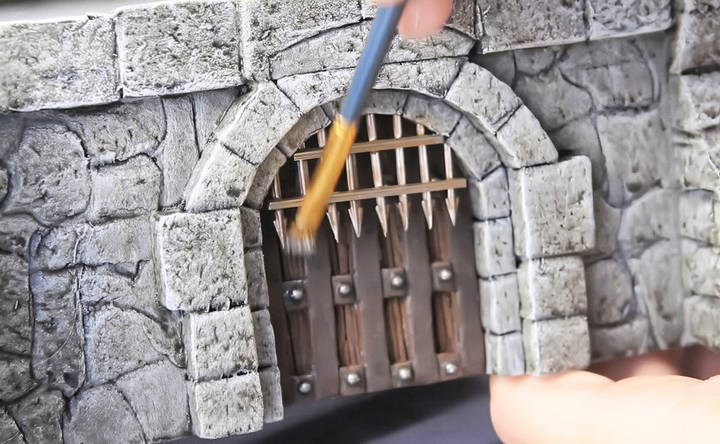
The dungeon will build a focal point for your players, sparking story ideas and making the castle feel like it has a dark, hidden history.
Making Flags and Banners
Flags and banners give your castle a personalized touch, representing its allegiance, heritage, or a player's faction in a game.
- Use Fabric or Paper: Cut small strips of fabric or sturdy paper into flag shapes. Tattered edges add a worn look, perfect for a medieval fortress.
- Paint Designs: Add symbols, colors, or heraldry to the banners to give the castle a backstory. You can hand-paint these details or use small printed stickers for precise designs.
- Attach to the Castle: Use a toothpick or barbecue skewer as a flagpole, painting it to resemble wood or metal. Insert it securely into the foam, either on the parapets or near windows.
Banners are a small but powerful detail, adding a touch of personality and hinting at the story behind your castle.
Adding Moss and Weathering Effects
Weathering gives your castle a “lived-in” look, as if it has withstood the elements for years. This step enhances realism and brings depth to the overall build.
- Applying Moss: Mix PVA glue with green flocking to build moss. Dab this mixture around corners, window sills, and cracks to simulate moss growth. Once dry, it looks natural and adds texture.
- Black Pigment for Soot: Use black pigment powder to build soot effects on areas like chimneys and above torches. Simply brush the pigment lightly to achieve a smoky look.
- Rust Effects: Make a rust effect by mixing red, brown, and black paints with water. Dab the mixture around metal areas like door hinges, bars, or torch holders, allowing the paint to drip naturally.
These weathering effects bring out the texture and details, making the castle look aged and more realistic.
8. Assembly and Playability Features
Assembling the castle to be modular allows for flexible gameplay and ease of transport.
- Using Magnets for Modularity: Large magnets placed at each corner of removable sections allow for easy disassembly and reconfiguration. Make sure to test the polarity before gluing the magnets, as mismatched polarities can make sections repel each other.
- Stackable Sections: Build each floor to be removable so that players can access all areas. Add floors and roof sections that fit securely on top of walls and towers.
- Swappable Sections: Make extra pieces, like broken walls, that can be swapped in during gameplay for a dynamic environment. These pieces can add a damaged, war-torn look or reflect a change after a battle.
These modular features make your castle versatile for gaming scenarios and easy to transport without compromising the design.
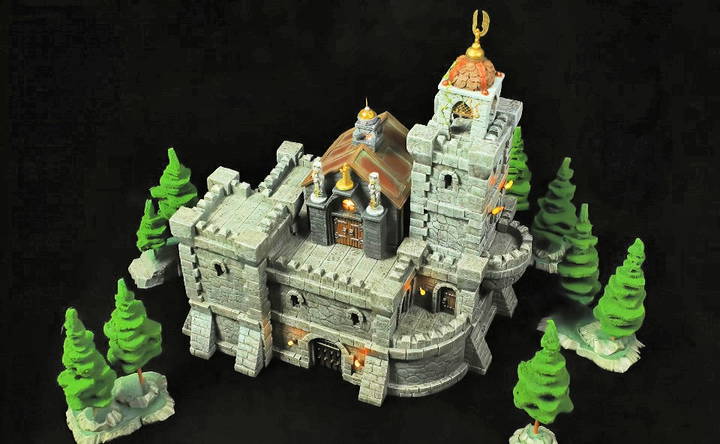
9. Display and Maintenance Tips
After all your hard work, maintaining and displaying your castle will keep it looking great for years to come.
- Apply a Matte Sealer: To protect your paint job, use a matte spray sealer like Krylon Matte Finish. This will keep colors vibrant and shield against minor wear.
- Dust Regularly: Use a small, soft brush to keep dust off detailed areas like torches, flags, and moss. Avoid using wet cleaners, as they can damage the foam.
- Store Carefully: When not in use, store the castle in a dust-free area, ideally in a clear plastic box to protect it from accidental damage.
With these care steps, your foam castle will continue to look impressive and ready for action whenever you need it.
Conclusion:
Making a DIY foam castle is a rewarding project that combines art, craft, and engineering. By following these steps, you'll end up with a modular, detailed fortress that's as functional as it is visually striking. Each element—from textured walls to flickering LED torches and customizable weathering—adds layers of depth, making your castle not just a model but a storytelling tool.
Whether you're an avid tabletop gamer looking to add atmosphere to your campaign or simply enjoy building intricate crafts, this DIY foam castle will serve as a proud centerpiece. Enjoy the process, experiment with textures and colors, and let your imagination guide you as you bring your epic fortress to life. Happy crafting!
FAQs About How to Make a DIY Castle
Explore FAQs on making a DIY castle! Discover tips, materials needed, and step-by-step guidance to build your own castle masterpiece.
XPS foam (Extruded Polystyrene) is recommended for durability and ease of cutting. You can find XPS at home improvement stores like Home Depot or Lowes. Ensure you remove any plastic film on both sides before cutting. Some builders also use Foamular R-5 insulation foam for similar results.
Take the files to a print shop and request scaling to your desired size. Most projects are scaled to match 28mm miniatures but can be resized to suit your needs. For printing smaller versions, aligning red “X” marks may be necessary if using multiple 11x17-inch sheets.
For modularity, 6mm x 3mm magnets are commonly used. They provide a good hold for stacking sections but ensure you align polarities correctly. If looking to reduce costs, you can use magnets only on one piece and a metal tack on the other.
To curve foam without breaking, make close, shallow cuts on one side of the foam and gently bend it. This method keeps the foam from snapping and gives you a smooth curve. Apply hot glue in the grooves to hold the curved shape firmly once positioned.
Yes, the castle walls are designed to be low (about 1 inch) for interior divisions, allowing visibility and accessibility without obstructing player sight lines. This makes it easy to navigate characters within each room or level.
After texturing and painting the foam, use a Krylon Matte Finish spray to seal the paint. For realistic colors, use black and brown washes for weathering, and highlight edges with light gray or stone colors for depth.
Yes, a stone roller can be DIY-made or purchased. A video tutorial on crafting this tool is available on the creator's channel, or you can buy one from specialty stores like ShiftingLands.
Most of the builds are in 28mm scale, aligning with common tabletop miniatures. This scale is approximately 1:64, but if you need a different size, ask a print center to adjust the plans accordingly.
Small touches, like painting tiny eyes in dark areas, enhance the realism and intrigue of the castle. Use black cardboard with small yellow dots to build the illusion of creatures lurking in the shadows—great for player immersion.


